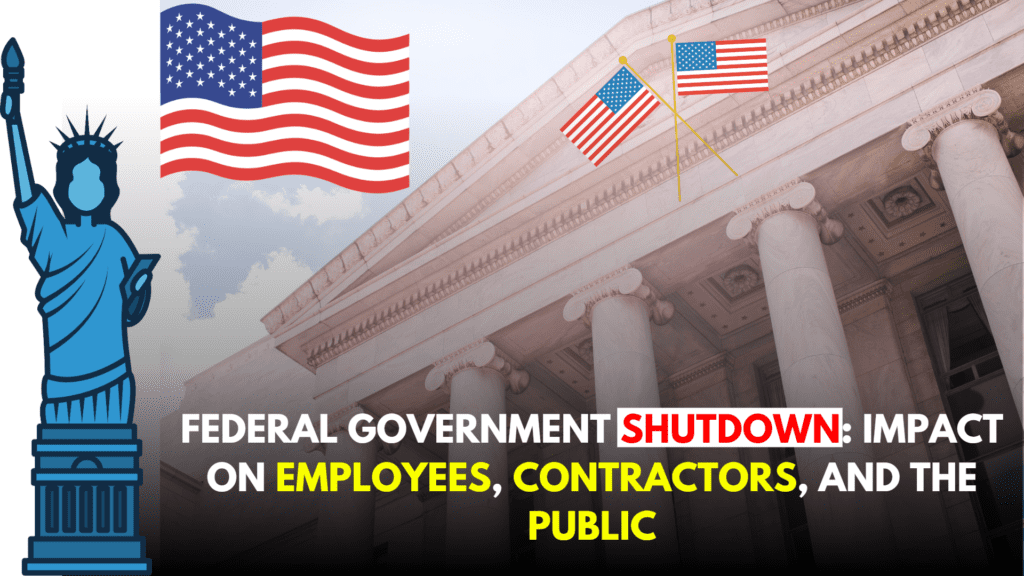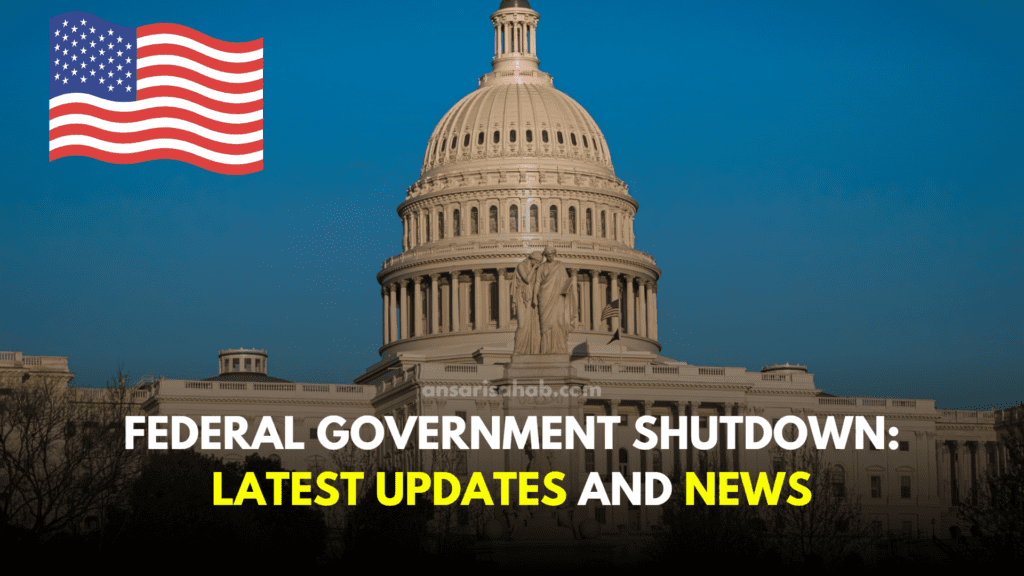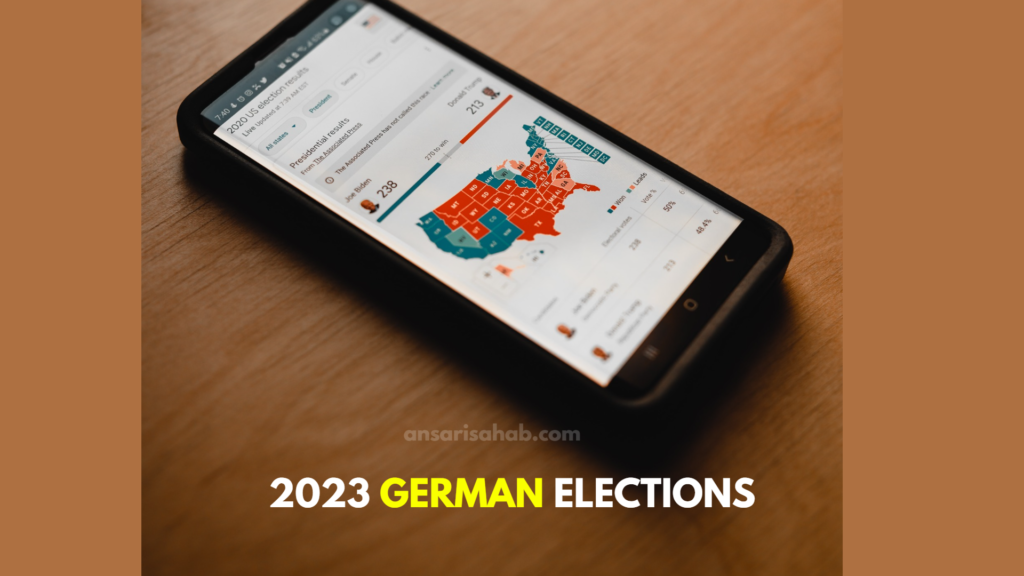On August 11, 2025, President Donald Trump signed an executive order extending the U.S.–China tariff truce for an additional 90 days, effectively delaying a significant escalation in trade tensions between the world’s two largest economies. This extension, announced just hours before the previous truce was set to expire, maintains the current tariff rates—30% on Chinese imports and 10% on U.S. goods—thereby averting a potential surge that could have reached up to 145% on Chinese products and 125% on American exports.
The significance of this move lies not only in its immediate economic impact but also in its strategic implications for ongoing trade negotiations. By preventing a sharp increase in tariffs, the extension provides both nations with additional time to address pressing issues such as trade reciprocity, national security concerns, and the balance of trade. This development also sets the stage for a potential summit between President Trump and Chinese President Xi Jinping, aiming to resolve outstanding disputes and pave the way for a more comprehensive trade agreement.
In the following sections, we will delve deeper into the background of the U.S.–China tariff truce, the details of the 90-day extension, and the broader implications for global trade and economic stability.
Background: The US-China Tariff Truce
The trade tensions between the United States and China reached a boiling point in 2018 when both countries imposed hefty tariffs on each other’s goods, igniting what many feared could become a full-scale trade war. Initially, the U.S. set tariffs ranging from 10% to 25% on hundreds of billions of dollars worth of Chinese imports, targeting key sectors like technology, manufacturing, and agriculture. China quickly retaliated with tariffs of its own, affecting American exports and escalating economic uncertainty worldwide.
In early 2024, after years of back-and-forth, both nations agreed to a tariff truce aimed at de-escalating the conflict. The agreement froze existing tariff rates at 30% on Chinese goods and 10% on U.S. goods to prevent further increases, which were originally scheduled to push duties up to 45% on Chinese products and 25% on American exports. This truce was intended to create breathing room for substantive trade negotiations focusing on intellectual property protections, market access, and technology transfers.
Since then, several extensions have kept the truce alive, reflecting both sides’ willingness to avoid renewed tariff hikes amid ongoing talks. Key dates in this timeline include the initial truce announcement in March 2024, a six-month extension in September 2024, and a three-month extension in May 2025. The most recent extension, signed by President Trump in August 2025, prolongs the truce by another 90 days, continuing to stave off tariff escalation while negotiations persist. This latest move underscores the fragile yet persistent effort to stabilize one of the world’s most critical economic relationships.
Details of the 90-Day Extension
President Trump’s executive order, signed on August 11, 2025, formally extends the existing tariff truce between the U.S. and China for an additional 90 days. This extension maintains the current tariff levels—30% on Chinese imports into the U.S. and 10% on American goods exported to China—effectively postponing any planned increases that could have significantly raised costs for businesses and consumers on both sides. The executive order emphasizes the administration’s intention to use this period to push forward with more comprehensive trade negotiations aimed at addressing core issues like intellectual property rights, market access, and fair trade practices.
Alongside the U.S. move, China has reciprocated by maintaining its own tariff stance, signaling a mutual interest in preserving the current status quo during this critical negotiation window. Beijing has also expressed willingness to engage in dialogue and has announced minor concessions in some trade sectors to demonstrate its commitment to easing tensions. This coordinated approach reflects a strategic choice by both countries to avoid abrupt economic disruptions and maintain a degree of predictability in global markets while working toward longer-term trade solutions.
Overall, the 90-day extension represents a calculated pause in the trade conflict, designed to balance economic stability with diplomatic efforts—highlighting the delicate dance between competition and cooperation that defines U.S.-China trade relations today.
Economic Implications
The 90-day extension of the US-China tariff truce brings immediate relief to American businesses and consumers who have been grappling with higher costs due to previous tariff hikes. By maintaining the current tariff rates, U.S. companies—especially those relying on Chinese-made components or raw materials—can avoid sudden price increases that would have strained profit margins and potentially led to higher prices for consumers. This stability helps manufacturers, retailers, and tech firms plan their production and inventory with greater confidence, reducing uncertainty that can dampen investment and growth.
For U.S. consumers, the extension helps keep inflationary pressures in check. Tariffs on imported goods often translate into higher retail prices, and by preventing further tariff escalations, everyday products from electronics to household items are less likely to experience sudden price jumps. This is especially important as many Americans continue to recover from recent economic challenges, including supply chain disruptions and inflation spikes.
On a global scale, the extension supports steadier trade flows, calming jitters in international markets that feared a renewed trade war. Supply chains, already strained from past tariffs, pandemic-related disruptions, and geopolitical tensions, benefit from this temporary reprieve. Companies can avoid costly last-minute shifts in sourcing or manufacturing locations, which often involve significant logistical challenges and expenses. However, the extension is a temporary measure, and lingering uncertainties mean many firms continue to diversify suppliers and strengthen regional supply networks to mitigate future risks.
In summary, while the 90-day tariff truce extension doesn’t resolve the broader trade conflicts, it provides a valuable window of economic stability, helping both U.S. businesses and global markets navigate a highly complex and sensitive environment.
Political Reactions
The 90-day extension of the US-China tariff truce has sparked a range of reactions from policymakers, trade experts, and officials on both sides of the Pacific.
In the United States, many lawmakers welcomed the extension as a pragmatic step toward avoiding further economic disruption. Supporters, particularly among moderates and business-oriented legislators, praised the administration for choosing diplomacy and negotiation over escalation. They emphasized that the additional time could be used to tackle pressing issues such as intellectual property theft, forced technology transfers, and unfair trade practices in a more constructive manner. However, some critics, especially from the more hawkish factions, argued that the extension risks giving China too much leeway without securing concrete commitments, urging the administration to take a firmer stance to protect American industries.
Trade experts largely echoed this cautious optimism. Analysts noted that while the extension reduces immediate economic uncertainty, it also highlights the fragility of the current trade relationship. Many stressed that without substantive progress in negotiations, the truce may only delay inevitable conflicts, and companies should continue preparing for potential volatility.
From China’s perspective, government officials publicly expressed a positive outlook on the extension, framing it as a mutual effort to maintain stability and foster dialogue. Chinese trade representatives emphasized their willingness to continue working with the U.S. to resolve outstanding issues and support a “win-win” outcome that benefits both economies. However, some observers pointed out that China’s concession on maintaining current tariffs is also a strategic move to buy time, strengthen domestic industries, and prepare for future trade negotiations from a position of greater leverage.
Overall, the political reactions reflect the complex balance between cooperation and competition that defines U.S.–China relations—where cautious optimism coexists with deep-seated strategic rivalry.
Looking Ahead: Future Trade Negotiations
The 90-day extension provides a crucial window for the United States and China to engage in more detailed and potentially productive trade negotiations. While the extension delays immediate tariff escalations, it also raises expectations for tangible progress in resolving the deep-rooted issues that have fueled tensions over the past several years.
Potential Outcomes of the Extended Truce Period:
Optimistically, the extended truce could lead to a comprehensive agreement that addresses core concerns such as intellectual property protection, market access, and fair trade practices. Such a deal would stabilize bilateral trade relations, reduce uncertainty for businesses, and potentially pave the way for easing other economic restrictions. Alternatively, if negotiations stall, the extension may serve merely as a temporary pause before tariffs resume or even intensify, prolonging economic uncertainty and disruption.
Areas of Focus for Upcoming US-China Trade Talks:
Key topics expected to dominate the agenda include:
- Intellectual Property Rights: Strengthening enforcement mechanisms to prevent theft and unauthorized technology transfer.
- Market Access: Opening Chinese markets to greater foreign investment and reducing barriers for U.S. companies.
- Trade Deficit Reduction: Addressing the longstanding imbalance in bilateral trade through mutually acceptable measures.
- Technology and Security: Managing export controls and ensuring sensitive technologies are not diverted to military use or unfair competitive advantage.
- Dispute Resolution Mechanisms: Establishing clearer, enforceable processes to handle future trade disagreements without resorting to tariffs.
The success of these negotiations will depend heavily on political will, mutual trust, and the ability to reconcile competing strategic interests. While the path ahead remains challenging, this extension signals that both sides recognize the high stakes involved and the importance of dialogue in shaping the future of the world’s most consequential trade relationship.
Conclusion
The 90-day extension of the US-China tariff truce marks a critical moment in the ongoing effort to manage one of the world’s most important and complex trade relationships. By postponing planned tariff increases, both nations have chosen stability and dialogue over immediate confrontation, providing much-needed breathing room for negotiations to address longstanding economic and strategic issues.
This extension underscores the delicate balance between competition and cooperation that defines US-China trade relations today. While it does not eliminate the underlying tensions, it offers a valuable opportunity to build trust and work toward agreements that could reshape global trade dynamics. As both countries navigate this path, the world will be watching closely—aware that the decisions made during this truce period will influence not just bilateral commerce but the broader geopolitical landscape for years to come.









